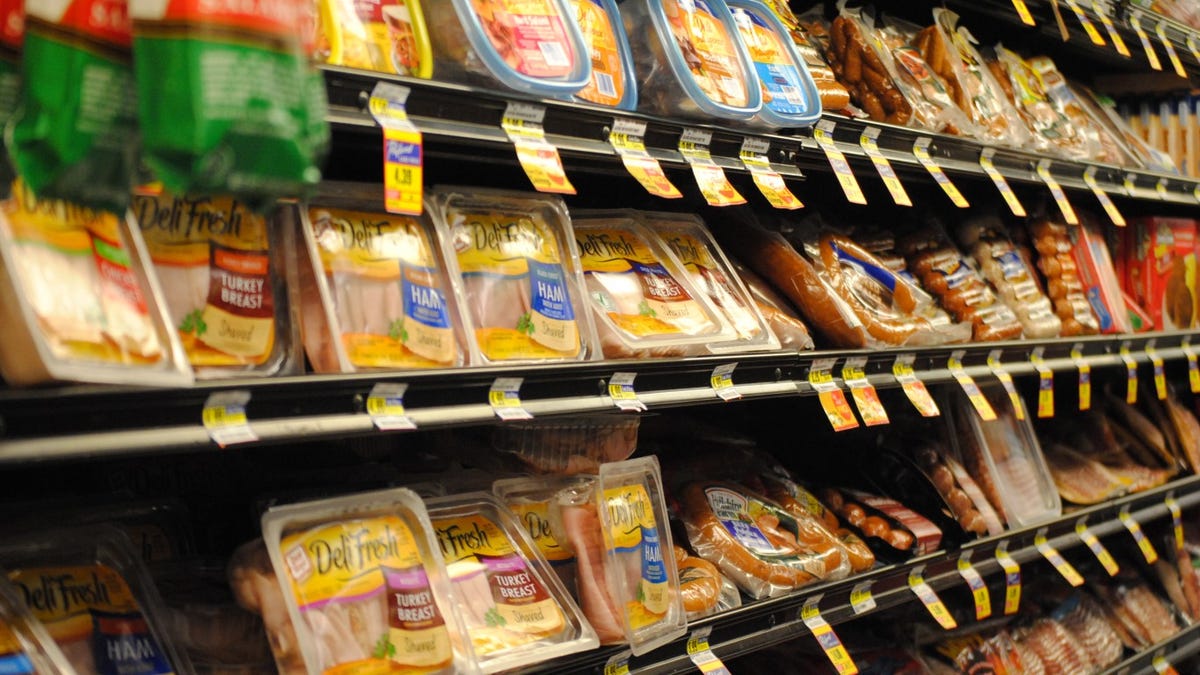US inflation tops forecasts for a second month
Rising gasoline costs kept inflation elevated in February, underscoring that the road to more modest consumer price increases following a pandemic-induced spike may continue to be bumpy.
The Numbers
Rising gasoline costs and rent have kept inflation elevated in February, according to the Labor Department’s consumer price index. Overall prices rose 3.2% from a year earlier, slightly up from 3.1% in January. On a monthly basis, costs increased 0.4% following a 0.3% gain in the previous month. Core prices, which exclude volatile food and energy items, rose 0.4% from January, lowering the annual increase to 3.8%, the smallest since May 2021.
The Analysis
The increase in fuel costs and rent has offset flat food prices, contributing to the steady inflation rate. Gasoline prices rose 3.8% in February, and the demand for more expensive summer blends and rising employee wages have played a significant role in fueling inflation. However, several goods, such as used cars, furniture, and appliances, have become cheaper due to resolved supply chain issues caused by the pandemic.
Economists predict that the inflation rate will slow modestly by the end of the year, but it will still be notably above the Federal Reserve’s 2% goal. The moderation in prices is expected to be more evident in core readings than in overall inflation. The Federal Reserve has kept a close eye on inflation and has hiked its benchmark short-term rate to corral inflation. However, officials have paused rate increases since July, awaiting more evidence that inflation is moving sustainably towards the Fed’s target.
Impact on Everyday Americans
Inflation remains a significant concern for many Americans, with the cost of rent being the biggest contributing factor to inflation. Rent prices rose 0.5% in February, and although economists expect rent increases to moderate, the progress has been slower than anticipated. Grocery prices remained unchanged, providing consumers with some relief. However, the cost of some goods and services rose unexpectedly, such as used cars, apparel, and car repair costs.
Amid the inflationary concerns, a recent poll conducted by The New York Times and Siena College suggests that a growing number of registered voters in the US have begun to feel more positive about the economy. However, President Joe Biden still faces backlash from voters over inflation, and a slower return to normal price increases could impact his reelection chances.
Outlook and Future Actions
The Federal Reserve is likely to continue monitoring inflation closely. Future actions to lower costs and give the middle class a fair shot will center on health care, housing, prescription drug costs, and rent. A focus on affordability is expected to be a top priority for President Biden.
While it remains uncertain how much President Biden will benefit from improved inflation numbers at the ballot box, independent voters may be swayed if inflation continues to improve in the coming months. Nevertheless, voters’ perceptions of the economy are often influenced more by their partisan leanings than objective economic data.
In the meantime, as inflation rates continue to be a paramount concern for the American people, economists and policymakers will closely evaluate its impact on the overall state of the economy and work towards implementing measures to combat inflationary pressures.


